Satellite photos of Mariupol, Ukraine show damage from Russian attacks
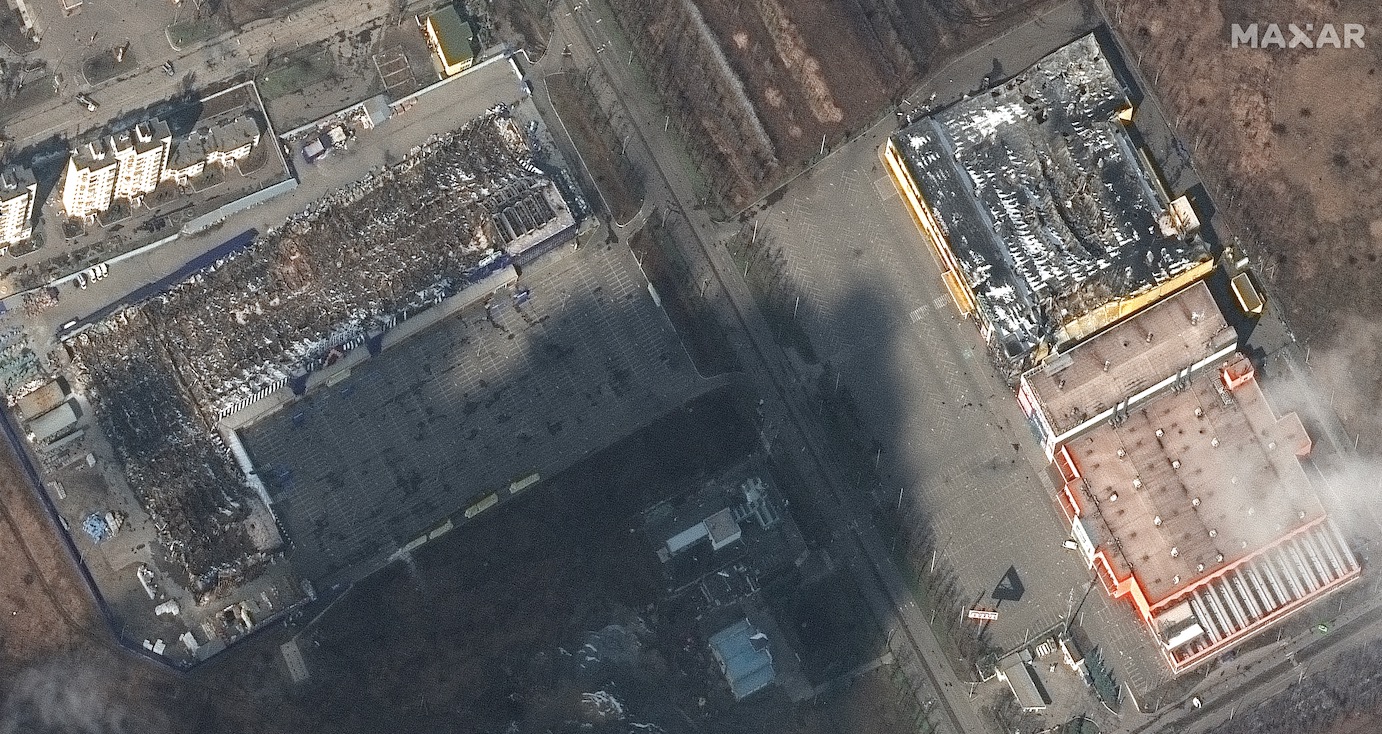
The Russian invasion of Ukraine has hit the southern port city of Mariupol particularly hard, as new satellite photos show.
The Russian military has been besieging Mariupol for a week now, pounding the city with barrages of missiles and artillery. These weapons are hitting civilian as well as military targets; for example, one of Mariupol's maternity hospitals was destroyed on Wednesday (March 9), The New York Times reported.
New satellite imagery gives a sense of how widespread the destruction is in Mariupol, which had a population around 500,000 before the invasion began. (Many people have since fled.)
Related: Russia's invasion of Ukraine as seen in satellite photos
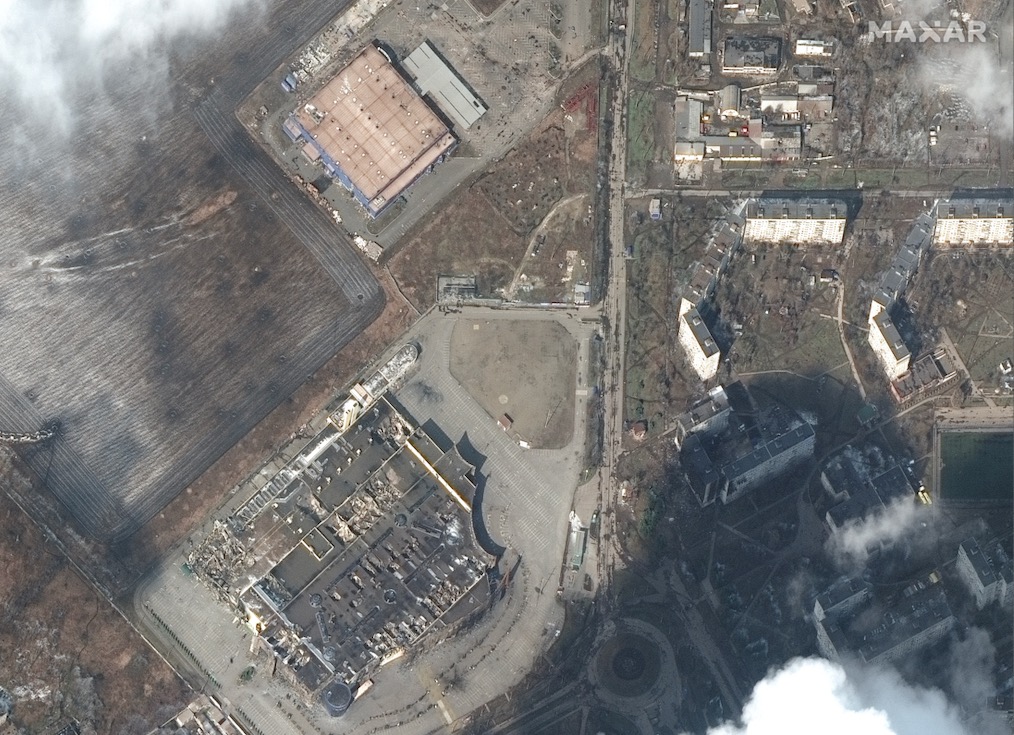


The photos, captured on Wednesday morning by Maxar Technologies' WorldView-3 spacecraft, depict extensive damage "to the civilian infrastructure in and around the city, including residential homes, high-rise apartment buildings, grocery stores and shopping centers," a public relations (PR) company that represents Virginia-based Maxar wrote in an emailed statement about the imagery.
On Wednesday, Maxar's WorldView-2 satellite also captured a view of the maternity hospital before it was destroyed — a "before" image that can be compared, in the not-too-distant future, to a grim "after" photo of the leveled building.
Maxar's satellites have been monitoring the invasion in other parts of Ukraine as well. For example, on Tuesday (March 8), WorldView-3 snapped new imagery around Kyiv, Ukraine's capital.
Breaking space news, the latest updates on rocket launches, skywatching events and more!
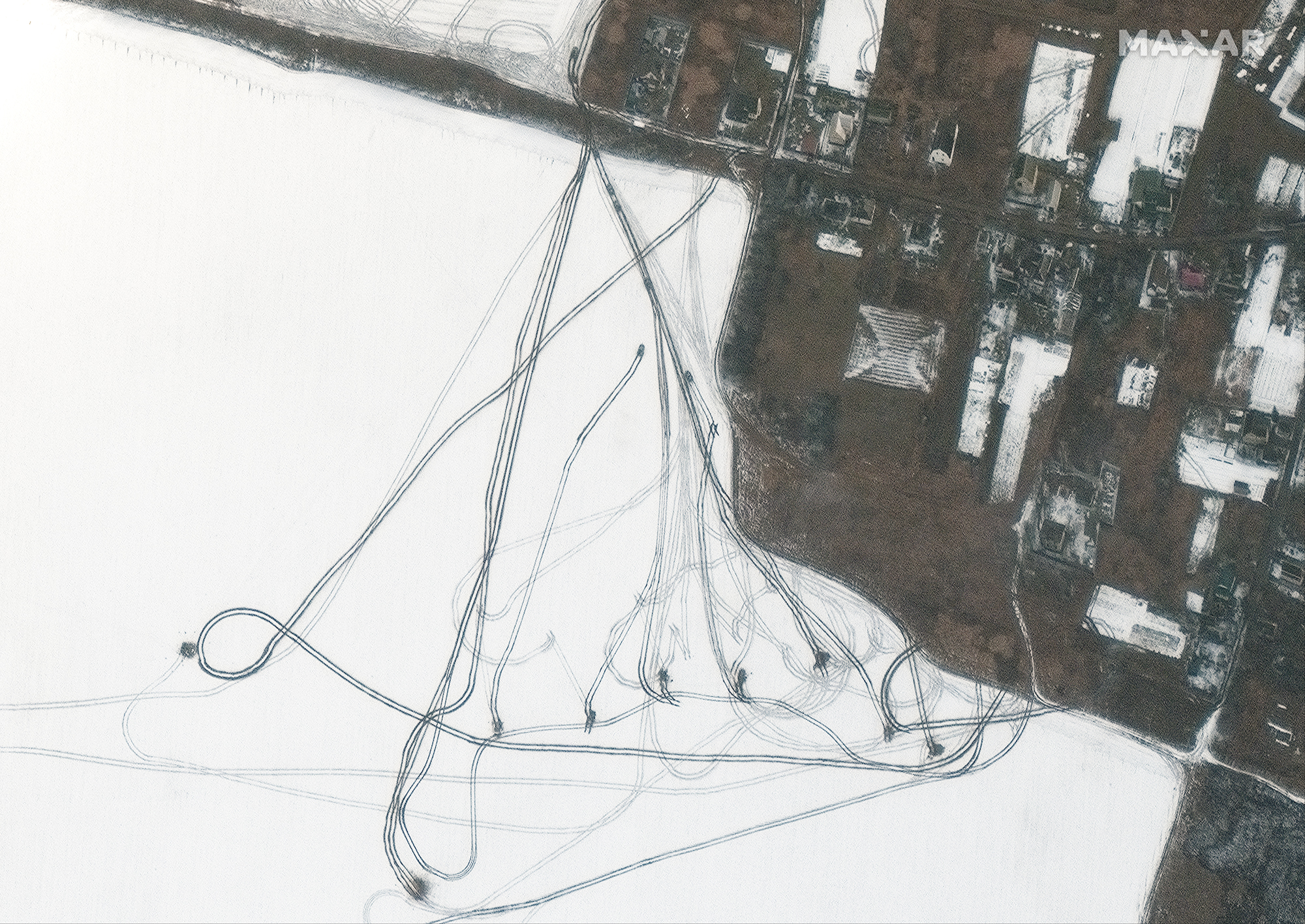
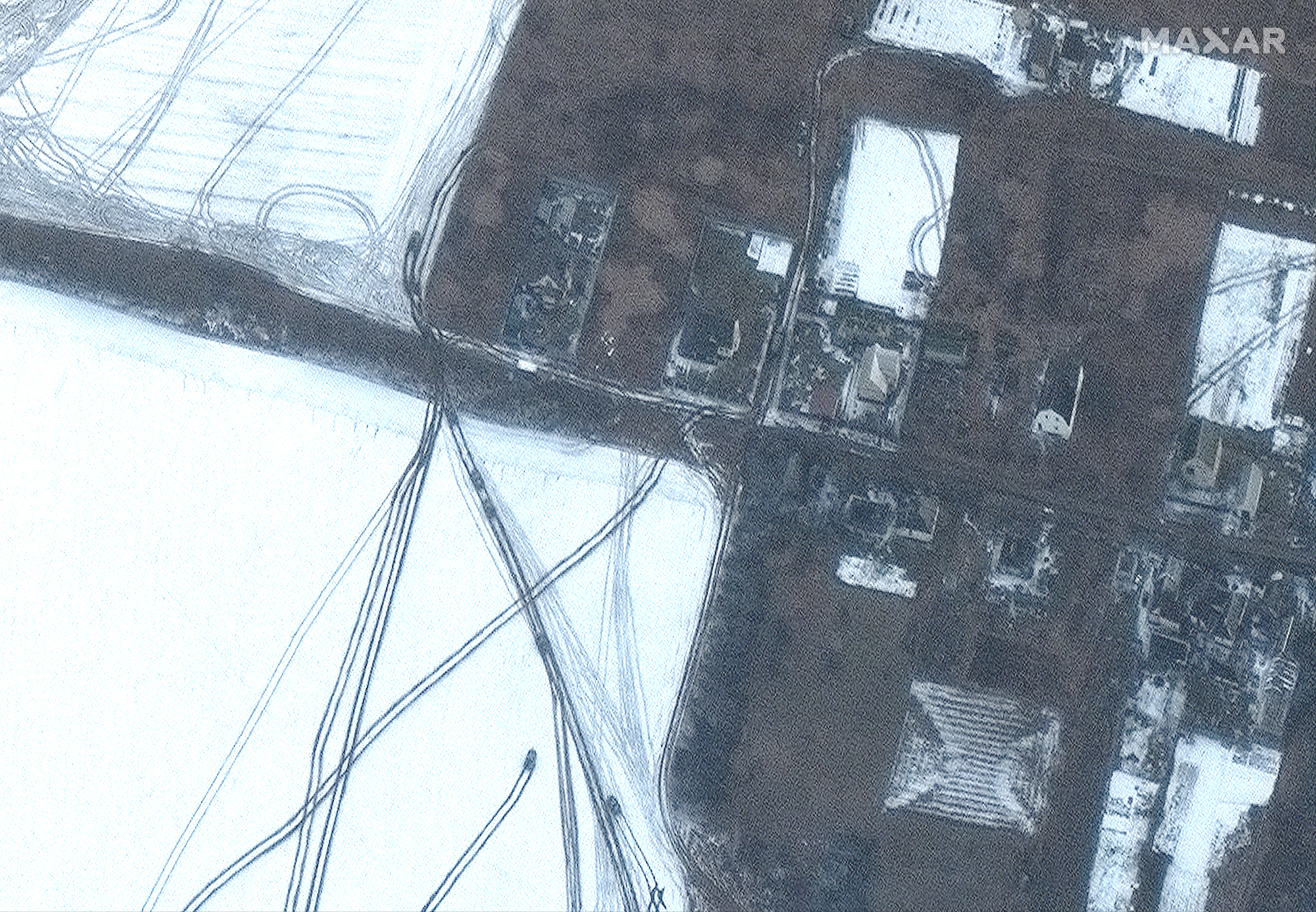

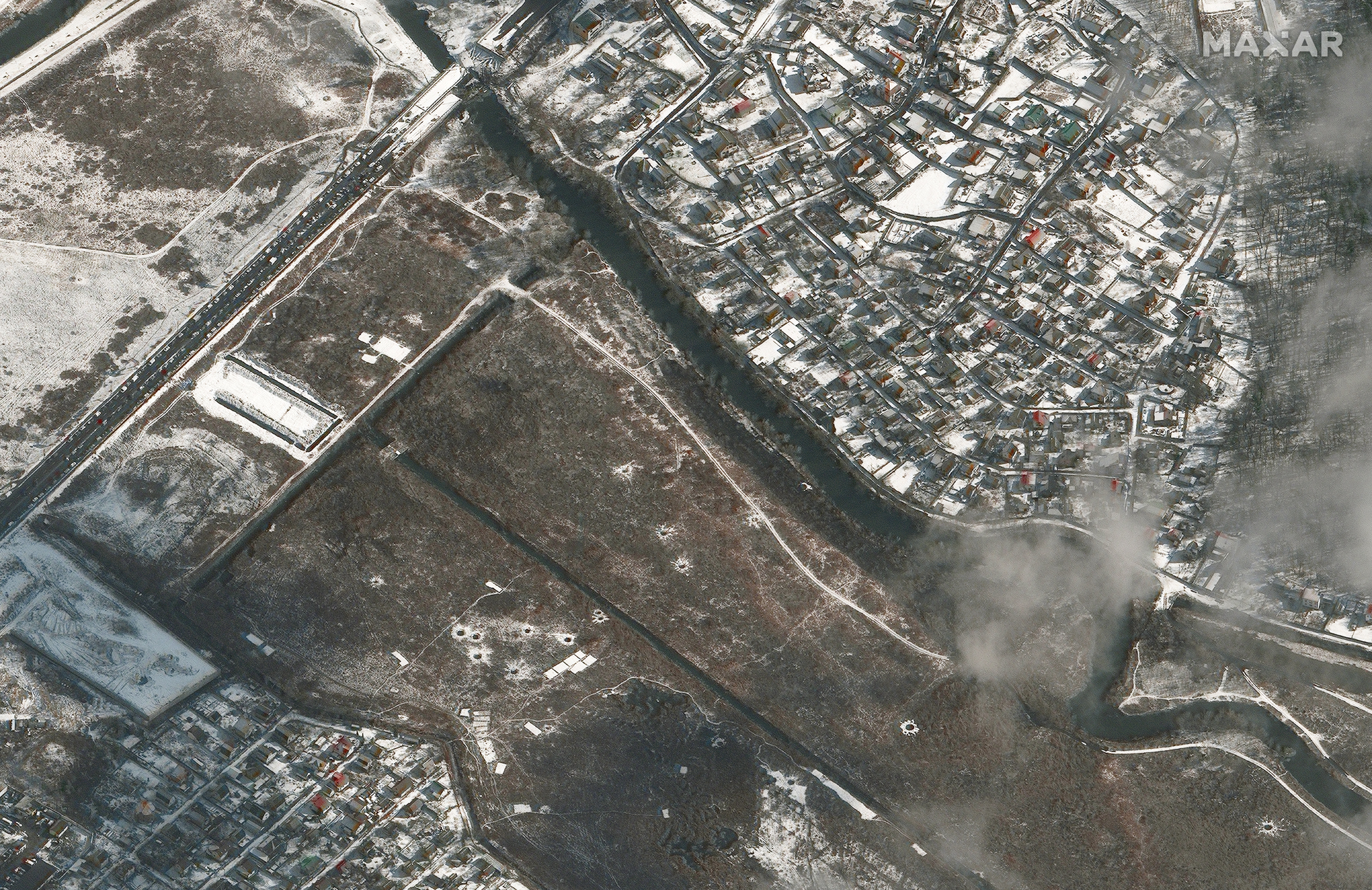

A 40-mile-long (64 kilometers) Russian military convoy has been stalled on the outskirts of Kyiv for more than a week now. Cloudy weather has prevented optical-light satellites like WorldView-3 from getting good views of the convoy for most of that stretch.
Clouds continued to hang over most of the convoy route on Tuesday, but "armored vehicles and equipment can be seen maneuvering to the northeast and southwest of Antonov Airport (near Hostomel, Ukraine)," in the WorldView-3 photos from that day, the PR company wrote in an emailed statement. (Hostomel is a suburb of Kyiv.)

"Nearby, people are leaving from Irpin near the damaged bridge over the Irpin River," the statement continued. "Multiple bomb craters are visible in the fields and surrounding area."
Maxar isn't the only company providing a bird's-eye view of the invasion. Satellites operated by Planet, BlackSky and other outfits are also capturing optical-light imagery of the war and its effects. And companies such as Capella Space are eyeing the region with synthetic aperture radar, which doesn't require sunlight or clear skies to get a good look at the ground.
Mike Wall is the author of "Out There" (Grand Central Publishing, 2018; illustrated by Karl Tate), a book about the search for alien life. Follow him on Twitter @michaeldwall. Follow us on Twitter @Spacedotcom or on Facebook.

Michael Wall is a Senior Space Writer with Space.com and joined the team in 2010. He primarily covers exoplanets, spaceflight and military space, but has been known to dabble in the space art beat. His book about the search for alien life, "Out There," was published on Nov. 13, 2018. Before becoming a science writer, Michael worked as a herpetologist and wildlife biologist. He has a Ph.D. in evolutionary biology from the University of Sydney, Australia, a bachelor's degree from the University of Arizona, and a graduate certificate in science writing from the University of California, Santa Cruz. To find out what his latest project is, you can follow Michael on Twitter.
